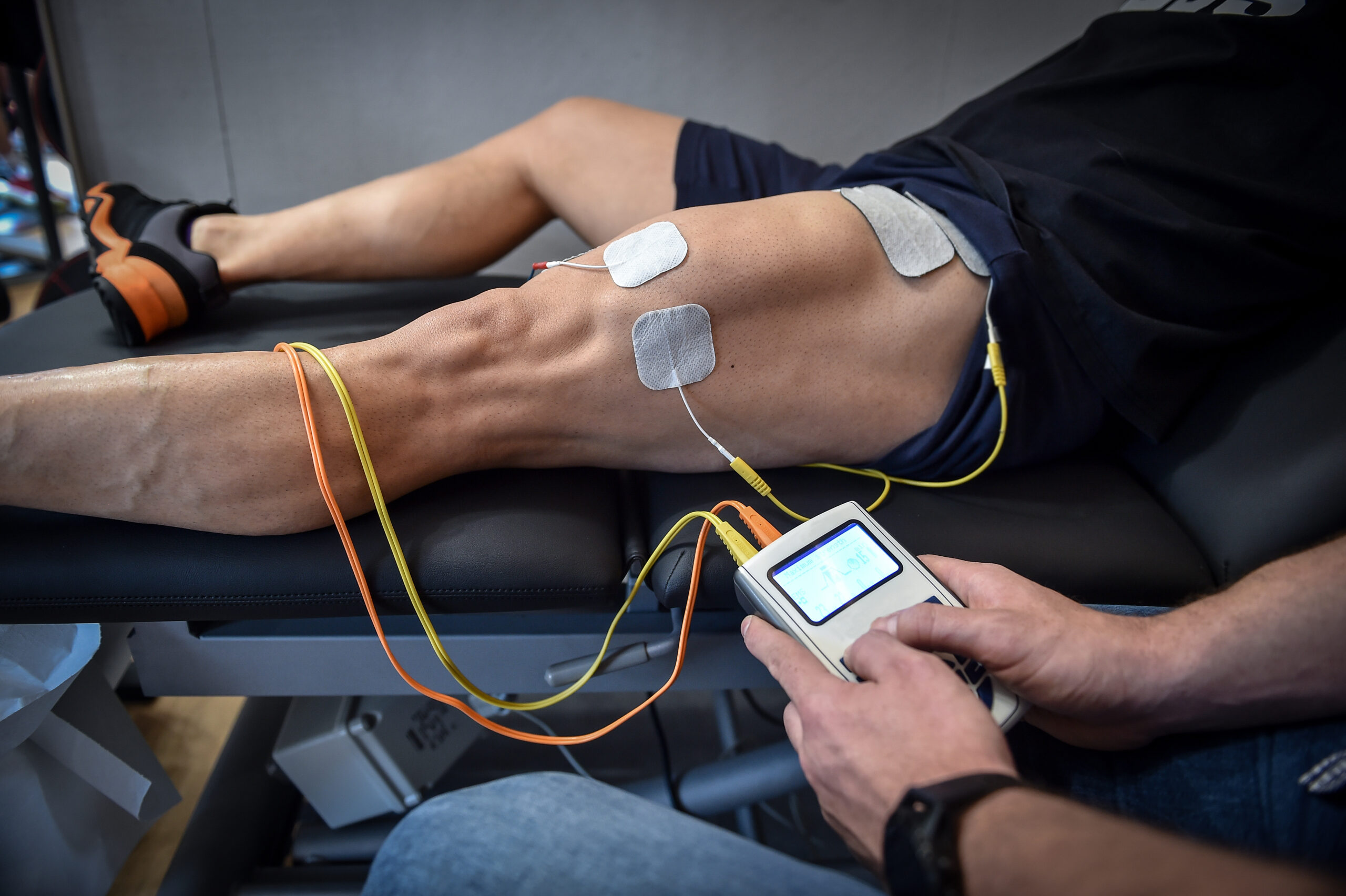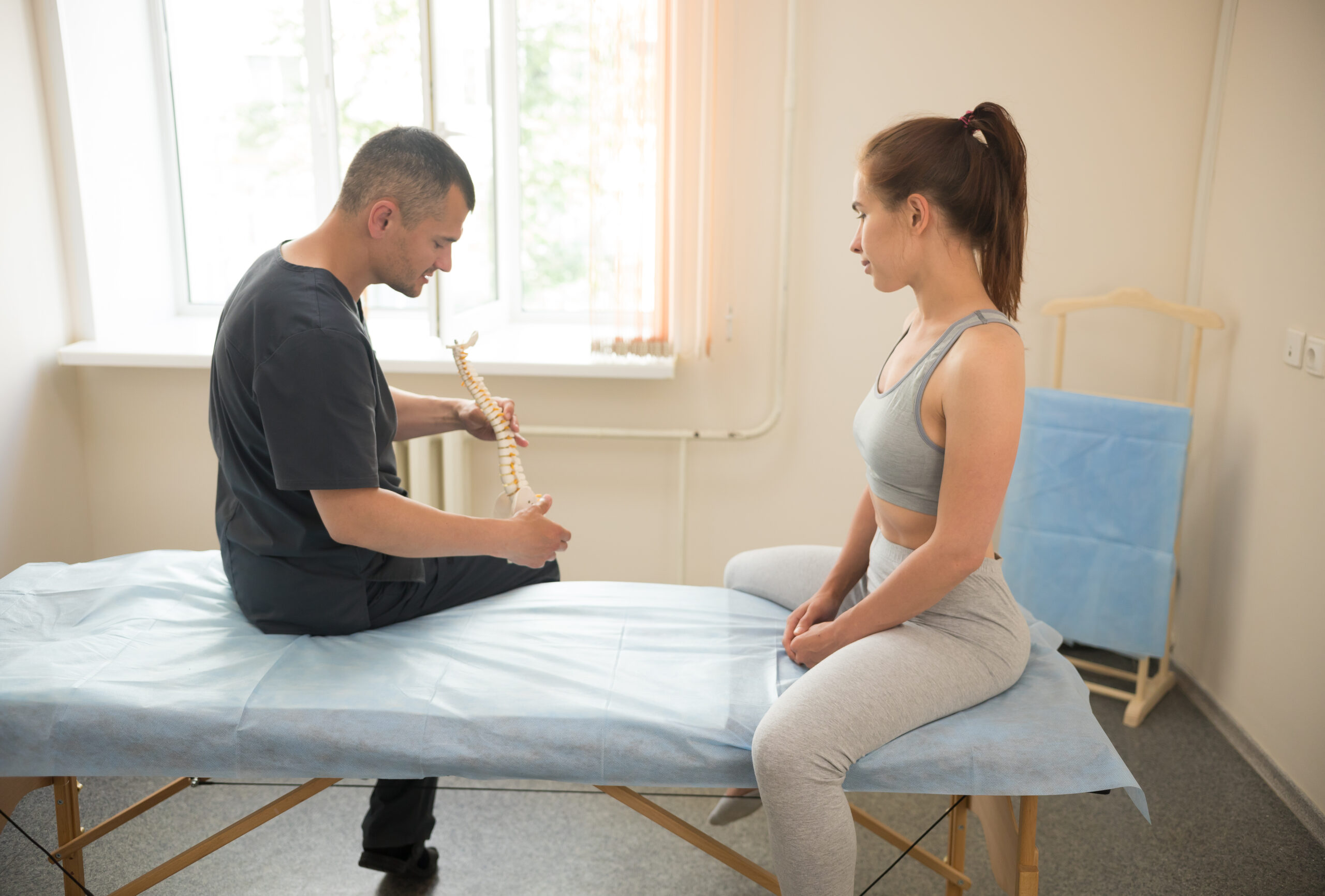Torque Release Technique As Used By Chiropractors
Torque Release Technique (TRT) is a chiropractic method that is gaining popularity among practitioners for its unique approach and effectiveness in treating various health conditions. Unlike traditional chiropractic methods that use hands-on spinal adjustments, TRT uses a handheld instrument known as the Integrator, which offers a more precise and gentle treatment.
The Torque Release Technique is grounded in the understanding of the body’s natural ability to heal itself. It was developed by Dr. Jay Holder, who combined contemporary neurological theory with traditional chiropractic methods to create this unique approach. By understanding how the nervous system works and its role in overall health, chiropractors using TRT aim to enhance the body’s self-healing capabilities by removing interference and improving neural communication.
The Integrator is a key component of TRT. It is a small, handheld device that delivers a quick, low-force thrust at specific points along the spine, known as spinal subluxations. Subluxations are misalignments of the vertebrae that can cause pressure on the nerves, leading to a disruption in the normal flow of nerve impulses. This can result in various health issues, including pain, muscle tension, and even problems in the body’s organs and systems. The Integrator allows for targeted and precise adjustments to correct these subluxations and restore optimal nerve function.
One of the most distinctive aspects of the Torque Release Technique is its focus on the dural attachment points of the spine. The dura mater is a tough, protective membrane that covers the spinal cord and brain. When the dural attachment points become stressed, it can result in tension throughout the entire spinal cord, potentially affecting various parts of the body. By addressing these specific points with the Integrator, TRT aims to alleviate tension and improve overall spinal and neurological function.
The use of the Integrator makes TRT a non-invasive and gentle method, suitable for patients of all ages, including infants, elderly individuals, and those with chronic pain conditions. Chiropractors using TRT follow a specific protocol to assess the patient’s needs, identify the subluxations, and apply precise adjustments. This approach helps to ensure that the treatment is tailored to the individual’s unique requirements.
Patients undergoing TRT often report a wide range of benefits. These can include relief from pain and muscle tension, increased flexibility, improved posture, enhanced mood, and an overall sense of well-being. By restoring proper nerve function and allowing the body to heal itself naturally, TRT may also provide long-term benefits, such as improved immune function and a reduced risk of developing chronic health conditions.
As with any medical or health-related treatment, it is essential for patients considering TRT to consult a qualified healthcare professional. While many people have experienced positive outcomes with the Torque Release Technique, it may not be suitable for everyone. Factors such as the patient’s age, overall health, and the nature of their specific health concerns can all influence the effectiveness of TRT.
In conclusion, the Torque Release Technique is a modern chiropractic method that offers a unique approach to spinal health and overall well-being. By addressing subluxations and dural tension with the Integrator, TRT aims to restore optimal nerve function, support the body’s self-healing capabilities, and improve the overall quality of life for patients. As the technique continues to gain popularity and recognition, it is essential for patients to consult with a qualified chiropractor to determine if TRT is the right choice for their specific needs.









